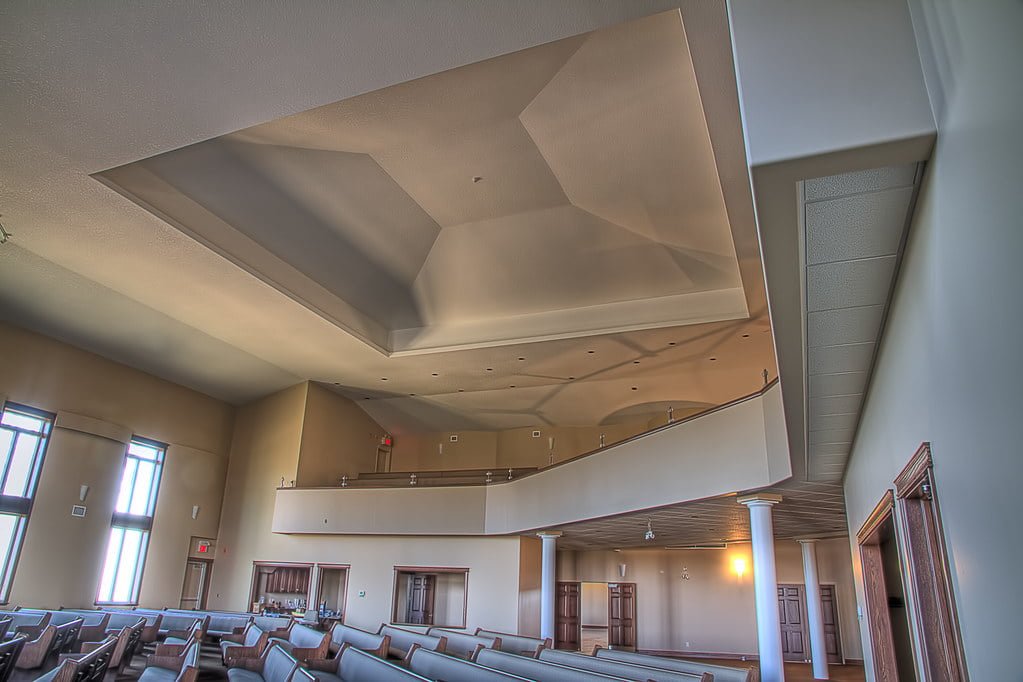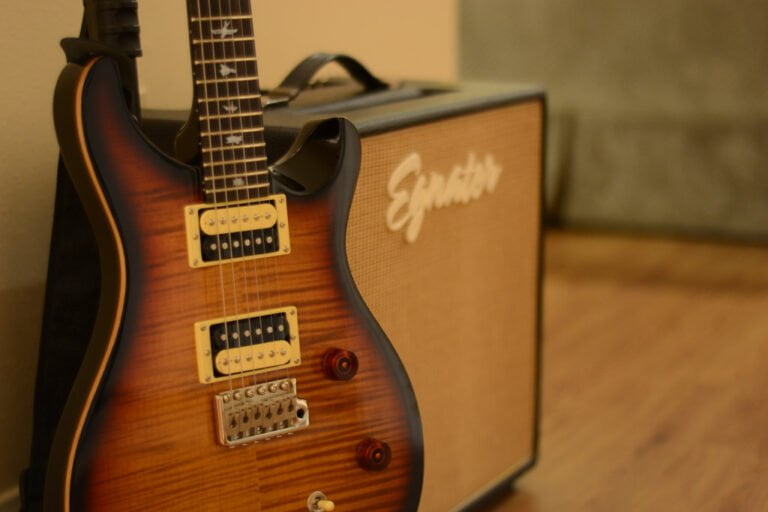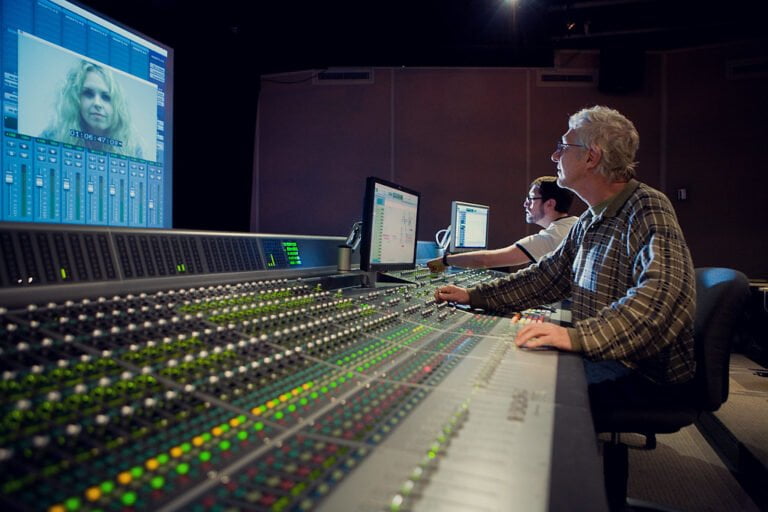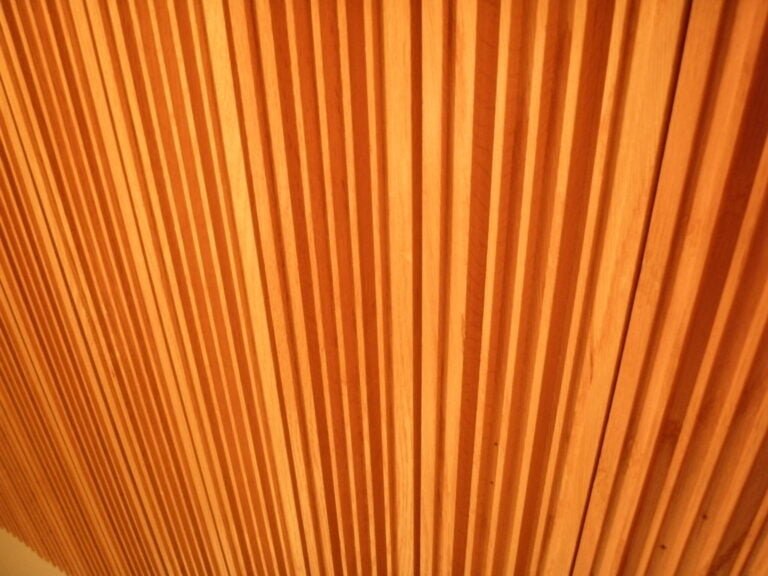Incorporating Diffusers in Your Studio: When and How to Use Them
Hey there! Are you on the hunt for ways to improve the acoustics in your studio? Well, incorporating diffusers might just be the solution you're looking for. In this article, we'll dive into the wonderful world of diffusers, exploring when and how to use them to achieve top-notch sound quality. Trust me, you won't want to miss out on this game-changing addition to your studio setup.
We are supported by our audience. When you purchase through links on our site, we may earn an affiliate commission, at no extra cost for you. Learn more.
So, let's start by discovering the benefits of using diffusers. These nifty devices work wonders by scattering sound waves in all directions, reducing echoes, and taming those pesky reflections. Say goodbye to that harsh, reverberating sound and hello to a more balanced and professional audio environment.
Now, when it comes to diffusers, there are different types available. Each type has its own unique way of dispersing sound, creating a distinct acoustic effect. It's like having a diverse set of tools in your audio arsenal, allowing you to tailor the sound to your liking. But how do you choose the right one for your studio? Well, fear not! We'll guide you through the selection process, helping you find the perfect match for your specific needs.
Placement is key when it comes to using diffusers effectively. Just like a master painter carefully chooses where to place each brushstroke on their canvas, you too must strategically position your diffusers. We'll share some insider tips and techniques to ensure optimal placement, so you can achieve that sweet spot of balanced sound throughout your studio.
Now, you might be wondering, "How do I use diffusers in my studio?" Well, we've got you covered. We'll walk you through a step-by-step process, explaining the dos and don'ts of installing and integrating diffusers into your space. It's like having your own personal audio guru guiding you along the way.
So, if you're ready to take your studio's sound to the next level, don't hesitate to explore the world of diffusers. Trust me, your ears (and your clients) will thank you for it. Embrace the power of diffusers and unlock the true potential of your studio's acoustics. Let's get started!
Benefits of Using Diffusers
One of the significant benefits of using diffusers in your studio is their ability to improve the acoustics and enhance the overall sound quality. Diffusers are specially designed panels or devices that scatter sound waves in different directions. This scattering effect helps to break up standing waves and reduce echo and reverb in the room. By doing so, diffusers create a more balanced and controlled sound environment, allowing you to hear the music or audio recordings with greater clarity and accuracy. Additionally, diffusers help to minimize reflections and flutter echoes, creating a more natural and pleasing sound experience. With the improved acoustics provided by diffusers, you can achieve professional-grade audio recordings and mixes in your studio, taking your creative work to new heights.
Different Types of Diffusers
To choose the right diffuser for your studio, consider the different types available and their specific characteristics. There are three main types of diffusers: quadratic residue diffusers (QRD), skyline diffusers, and binary array diffusers. QRD diffusers are designed to scatter sound waves in a uniform manner, reducing flutter echoes and standing waves. Skyline diffusers, on the other hand, are designed to scatter sound waves in multiple directions, creating a more diffuse sound field. They are particularly effective in large spaces. Binary array diffusers use a series of binary elements to scatter sound waves, creating a diffused sound field that is effective for controlling reflections. Each type of diffuser has its own strengths and is suitable for different studio setups. By understanding the characteristics of each type, you can choose the diffuser that best suits your studio's needs.
Choosing the Right Diffuser for Your Studio
When selecting the appropriate diffuser for your studio, consider the specific characteristics of each type discussed previously. The key is to choose a diffuser that will effectively address the acoustic issues in your space. If you are dealing with excessive reflections and flutter echoes, a quadratic diffuser may be the best option. These diffusers disperse sound in a controlled manner, reducing the negative effects of strong reflections. On the other hand, if you are looking to improve the overall sound quality and create a more balanced acoustic environment, a skyline diffuser could be the right choice. Skyline diffusers scatter sound evenly in all directions, creating a more natural and pleasant listening experience. Remember to also consider the size, shape, and installation requirements of the diffuser to ensure it fits seamlessly into your studio setup.
Placement Techniques for Optimal Results
To achieve optimal results when incorporating diffusers in your studio, it is important to consider various placement techniques in order to effectively address the acoustic issues in your space. One common technique is the use of diffusion panels on the rear wall. Placing diffusers on the rear wall can help break up reflections and create a more balanced sound in your studio. Another technique is to strategically place diffusers on the side walls. By placing diffusers at the first reflection points, you can minimize early reflections and improve the clarity of your recordings. Additionally, using diffusers on the ceiling can help control the height of your sound field and reduce unwanted flutter echoes. Experimenting with different placements and configurations will allow you to find the optimal positioning for your diffusers and achieve the best acoustic results in your studio.
Tips for Using Diffusers Effectively
For optimal results, it is important to effectively use diffusers in your studio by following these tips. First, consider the size and shape of your room. Diffusers work best in larger rooms with high ceilings, as they help control reflections and create a more balanced sound. Next, consider the placement of the diffusers. They should be strategically positioned on walls or ceilings to break up sound waves and scatter them in different directions. Experiment with different placements to find the optimal position for your specific room. Additionally, pay attention to the material and design of the diffusers. Different materials and designs will have varying effects on sound diffusion. Finally, remember to regularly assess and adjust the placement of your diffusers as needed to ensure optimal sound quality in your studio.
Maintenance and Care for Your Diffusers
To ensure the longevity and optimal performance of your diffusers, you should regularly maintain and care for them. Proper maintenance will not only extend the lifespan of your diffusers but also ensure that they continue to function at their best. One important aspect of maintenance is keeping the diffuser clean. Dust and dirt can accumulate on the diffuser's surface over time, affecting its ability to disperse sound evenly. Use a soft cloth or brush to gently remove any debris from the diffuser's surface. Additionally, check for any signs of damage, such as cracks or loose panels, and make the necessary repairs to maintain the integrity of the diffuser. By taking the time to properly care for your diffusers, you can ensure that they continue to enhance the acoustics of your studio for years to come.
Conclusion
In conclusion, incorporating diffusers in your studio can greatly enhance the sound quality and create a more professional recording environment. By understanding the benefits, different types, and proper placement techniques, you can optimize the results and achieve optimal acoustic balance. Remember to regularly maintain and care for your diffusers to ensure their longevity and effectiveness. With these tips, you can effectively utilize diffusers to create a superior audio experience in your studio.





